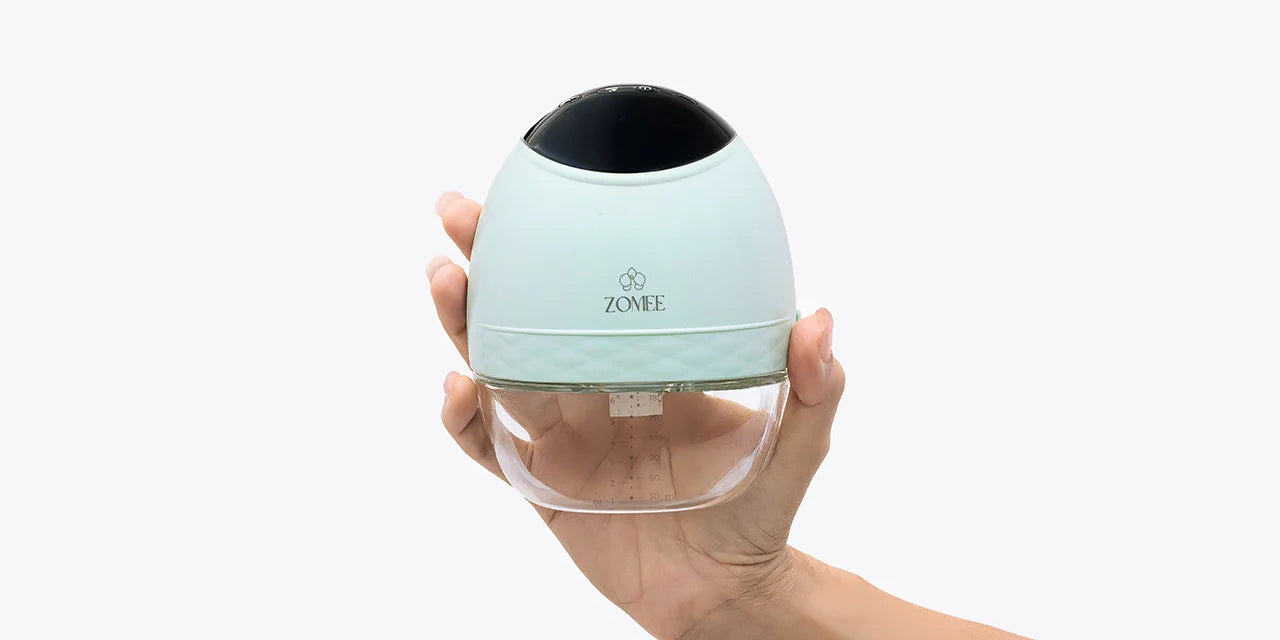How to Determine If Your Breasts Are Empty After Pumping?
Breastfeeding is a beautiful and fulfilling journey that nourishes your baby and creates a strong bond between you both. However, there are moments when you may need to rely on a breast pump, like the Zomee Breast Pump, to express milk. One common question that arises among breastfeeding mothers is, "How can I tell if my breasts are empty after pumping?"
In this comprehensive guide, presented by Zomee Breast Pump, we will explore the nuances of assessing breast emptiness after pumping, providing you with valuable insights and practical tips to enhance your breastfeeding experience.
Understanding Breast Milk Production
Before delving into how to determine if your breasts are empty after pumping, it's essential to understand a bit about breast milk production. The amount of milk your body produces is influenced by various factors, including your baby's feeding patterns, your overall health, hydration, and more. Your body is a remarkable system that operates on a supply-and-demand principle. The more milk your baby removes during nursing or pumping, the more your body responds by producing milk to meet that demand.
Signs That Your Breasts Are Empty After Pumping
Decreased Flow and Compression:
When your breasts are nearly empty, you'll likely notice a reduced flow of milk during pumping. You might also feel that your breasts are becoming softer and less firm to the touch. During pumping, if you find that you need to use a higher vacuum setting to maintain the milk flow, it could be an indication that your breasts are nearing empty.
Audible Changes:
Pay attention to the sounds you hear during pumping. At the beginning of a session, you might hear the rhythmic sound of milk being expressed. As your breasts empty, this sound may change to a softer and quieter rhythm, eventually tapering off.
Visual Cues:
Observing the color and consistency of the expressed milk can also provide insights. At the start of pumping, the milk might be thicker and whiter, known as foremilk. As your session progresses, you'll notice the milk becoming thinner and bluish, known as hindmilk. This shift indicates that your breasts are gradually emptying.
Sensations of Fullness:
While pumping, you might experience sensations of fullness or engorgement initially. As your session continues, these sensations should diminish, indicating that your breasts are being effectively emptied.
Manual Expression:
After you've pumped, you can perform gentle manual expression to see if any residual milk comes out. If only a few drops are expressed, it's likely that your breasts are mostly empty.
Tips for Effective Pumping
Comfortable Flange Fit:
Ensuring that the breast flange (the funnel-shaped part that fits over your nipple) is the right size for your nipple can significantly impact your pumping efficiency. A proper fit prevents discomfort and ensures efficient milk extraction.
Relaxation and Hydration:
Create a calm and relaxing environment during pumping. Stress can hinder milk flow, so find a quiet and comfortable space. Staying hydrated also supports milk production.
Breast Massage and Compression:
Gently massaging your breasts before and during pumping can help stimulate milk flow. Utilizing breast compressions – applying gentle pressure to your breast during pumping – can further aid in milk removal.
Pump Settings:
Most breast pumps, including the Zomee Breast Pump, offer adjustable vacuum and suction levels. Experiment with different settings to find what works best for you and mimics your baby's natural nursing rhythm.
Pump Regularly:
Regular pumping sessions, especially during the early morning when your milk supply tends to be higher, can help maintain and increase milk production.
Conclusion
Understanding when your breasts are empty after pumping is an important aspect of successful breastfeeding and milk production. Paying attention to the signs, sounds, and sensations your body provides during pumping sessions can help you gauge your breast emptiness effectively. The Zomee Breast Pump is designed to provide comfort, efficiency, and customization for your pumping needs, supporting you on your breastfeeding journey. By practicing these techniques and utilizing the right tools, you'll not only optimize your milk production but also ensure a comfortable and rewarding breastfeeding experience for both you and your baby.




